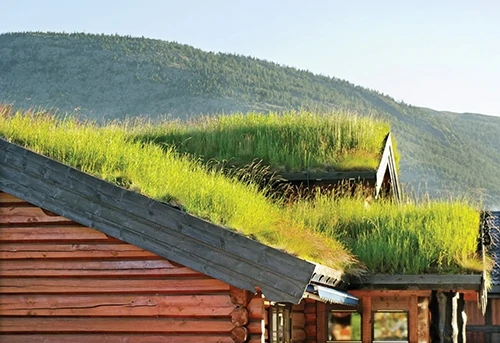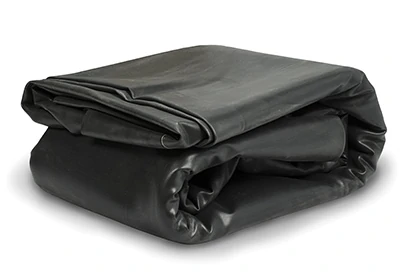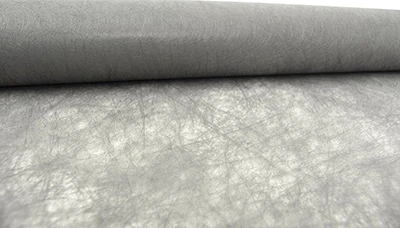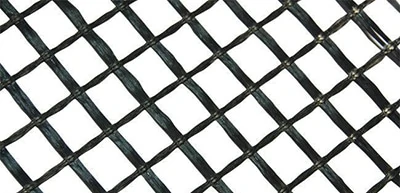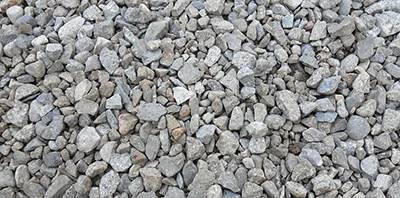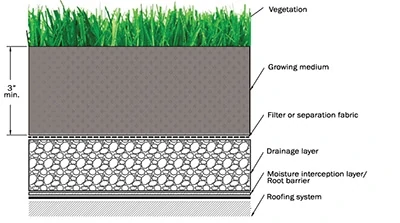By Chris Lundahl
If you take pleasure in improving your house with fun DIY projects, why not install green roof? Not only can a living roof be aesthetically pleasing, but they help protect from storm waters, provide your home with sound and heat insulation, possibly prolong the life of your roof, provide a habitat for wildlife and reduce carbon emission.
There are two types of green roofs: the intensive green roof, which requires a lot of maintenance; and the extension, which requires less maintenance.
The most typical small-scale DIY green roofs are found on sheds, vegetation on a porch roof, or the roof of a garage. If you want to reap the benefits of larger vegetation, then you can do so if the roof of your house is flat or slightly sloped. When the slope of your roof is very steep, you would need to get a professional to assist you.

Green Roof Basics
The roof you are planting on should be structurally sound and strong enough, without wet areas, rotting wood or damaged materials. Waterproofing the roof is the first step, and this can be done by adding a membrane layer. Micron damp-proof liner or pond liner should cover the entire area where you wish to plant to avoid water seeping past. The only area that should be kept open and bordered to ensure no plants grow over it is the edge of the roof where the water runs down the gutter.
Step 1
The next layer is a weed suppressing membrane which keeps the roots of the plants from growing through the first layer of your roof.
Step 2
On a small-scale green roof, you can use old blankets as the next layer which will retain moisture, but for the roof of your home, you should opt for Geotextile membrane, which will resist fungi and bacteria.
Step 3
An inch layer of gravel or limestone chips should come next to ensure proper drainage. A well-graded blend of particles with sizes ranging from 1/8 to 1/2 inch is preferred.
Step 4
On top of gravel layer, you can add a layer of separation fabric or add the soil directly. Many DIY green roofs are between 3 and 8 inches (70-200 mm) deep. Some stores even provide special “green roof” soil, but you can make the mixture yourself with a ratio of 70-80 percent inorganic material and 20-30 percent of organic material. A good soil mixture should be firm and not fluffy.
Step 5
Let the planting begin! Your local plant supplier can find green roof seeds, but if you do not want to wait for the seeds to grow, you can purchase pre-vegetated mats or do your planting with plants you prefer from cuttings or plug plants.
Flat vs. sloping roofs?
The easiest green roof installations are on flat roofs or those with a small slope consisting of no more than a 3-ft. rise for every 12 ft. of length. By keeping it under this, you do not even need stabilization. When you are installing a green roof on a steeper slope, you need to reinforce a system of a tray planting or create a terrace system for the soil to keep intact.
Watering your green roof during the hot season every once in a while is most of the caring that’s required. Bear in mind that extension green roofs do not need much maintenance as far as trimming goes. For whatever reason you have decided to make your green roof, just remember to have fun along the way.
Editor’s Note: Chris Lundahl is an editor covering topics on construction, sustainability and roofing. He currently works for Arizona Roofing Systems.


